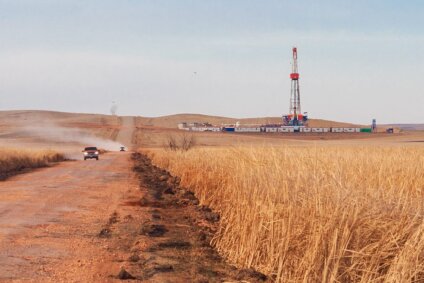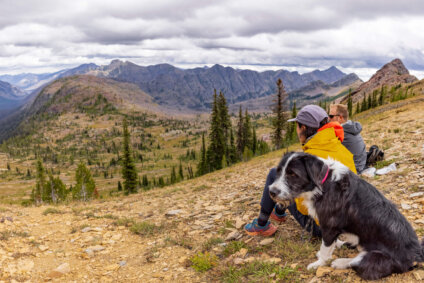A Historic Day for Wilderness
Montana sees first wilderness designation in more than 30 years
For the first time in 31 years, Congress today designated new wilderness in Montana by passing the Rocky Mountain Front Heritage Act.
“The wilderness drought in Montana is finally over and, best of all, the Rocky Mountain Front is now protected,” says Brian Sybert, executive director of Montana Wilderness Association.
With a vote of 89 to 11, the U.S. Senate passed the Heritage Act as part of a lands package attached to the National Defense Authorization Act. The whole package now goes to President Barack Obama’s desk, where he’ll sign the Heritage Act into law.
“This is an historic day for Montanans and for our outdoor heritage,” Sybert says.
The Heritage Act permanently protects the Rocky Mountain Front, keeping this iconic landscape as it is for generations to come. It does so by adding 67,000 acres of new wilderness to the Bob Marshall Wilderness Complex on the 50th anniversary of both the Bob Marshall Wilderness Area and the Wilderness Act. It also creates a 208,000-acre Conservation Management Area, where current uses can continue. Moreover, it directs the Bureau of Land Management and National Forest Service to prioritize noxious weed management on the Front.
Located in northern Montana where the prairie washes into the Rockies, the Rocky Mountain Front is one of the most productive wildlife habitat areas in the Lower 48, providing exceptional habitat for grizzly bears, elk, mule deer, bighorn sheep, wolves, wolverines, lynx, and an incredible diversity of other species, both fauna and flora.
As a member of the Coalition to Protect the Rocky Mountain Front, MWA has had an office in Choteau, a small community along the Front, for over a decade, building the relationships and the grassroots support that have set the stage for today’s celebration. MWA staffers and volunteer activists have worked with ranchers, hunters, anglers, outfitters, guides, local business owners, Tribal members, public officials, and other conservationists in finding the common ground that has made the creation and passage of the Heritage Act possible.
“I am ecstatic,” says Gerry Jennings, longtime council member and past president of MWA who was recently inducted in the Montana Outdoor Hall of Fame. “We have worked for more than seven years on this bill and it’s taken us on a roller coaster ride. Just a few weeks ago, we didn’t think this bill had a chance of passing anytime soon. And here we are with permanent protection for one of the most beautiful places on Earth.”
Montana’s entire Congressional delegation came together last week in support of the Heritage Act and the North Fork Protection Act, which together strengthen the protection of some 675,000 acres of public land in Montana.
“The fact that our congressional delegation worked together to protect public lands in these politically divisive times is proof that public lands unite us as Montanans,” says MWA’s State Program Director Gabriel Furshong.
“Working on the Heritage Act has been an incredible privilege,” says Casey Perkins, MWA’s Rocky Mountain Front field director. “I’ve had the opportunity to work with people on the Front who have poured their hearts and souls into this bill. Passage of the act is a testament to their hard work and to their love of this special landscape.”
“There are literally thousands of people who deserve thanks for this incredible victory,” Sybert says. “We certainly thank Sen. Jon Tester for taking the baton from Sen. Baucus and working with the rest of the delegation in getting this bill to the finish line. Without a doubt, Sen. Tester has proved to be a champion of conservation.
“Mostly, we owe a huge debt of gratitude to MWA’s members and supporters. Without them, we would never have had the grassroots support we needed to pass the Heritage Act.”
Now that the Heritage Act has passed, we find added inspiration for protecting Montana’s other vulnerable areas, including the Badger-Two Medicine, the Whitefish Range, the Gallatin Range, and Scotchman Peaks.
For now, we ask that you celebrate the passage of the Heritage Act by calling our Congressional delegation and thanking them for working together to protect the Rocky Mountain Front. You can reach Sen. Tester's office at (406) 449-5401, Sen. Walsh's office at (406) 586-6104, and Rep. Daines' office at (406) 502-1435.
Stay Connected
"(Required)" indicates required fields


